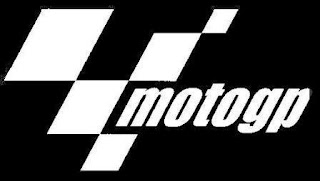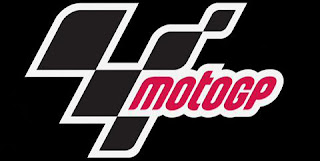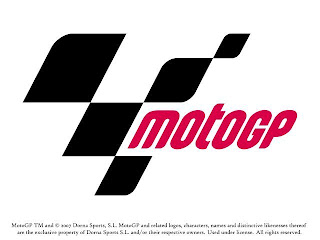MotoGP, the premier class of GP motorcycle racing, has changed dramatically in recent years. From the mid-1970s through 2001, the top class of GP racing allowed 500 cc with a maximum of four cylinders, regardless of whether the engine was a two-stroke or four-stroke. Consequently, all machines were two-strokes, due to the greater power output for a given engine capacity. Some two- and three-cylinder two-stroke 500s were seen, but though they had a minimum-weight advantage under the rules, typically attained higher corner speed and could qualify well, they lacked the power of the four-cylinder machines. In 2002, rule changes were introduced to facilitate the phasing out of the two strokes, probably influenced by what was then seen as a lack of relevance: the last mass-produced 500 cc two-stroke model had not been available to the public for some 15 years.
The 2008 racing calendar consisted of 18 rounds in 15 different countries (Qatar, Spain which hosted 3 rounds, Portugal, China, France, Italy, Great Britain, the Netherlands, Germany, USA which hosted 2 rounds, Czech Republic, San Marino, Japan, Australia and Malaysia). Exclusive to the MotoGP class, there was also a USA round at Mazda Raceway Laguna Seca in Monterey, California for the 800 cc class only, this is because the paddock is not large enough to also include the other 2 classes. In 2008 a MotoGP event was held at the Indianapolis Motor Speedway for the first time on a newly prepared track, and observers noted that the Speedway had hosted motorcycle racing before cars raced there. All three classes were scheduled to race but severe wind and rain prevented the 250 cc class from racing. MotoGP racing at Indianapolis is counterclockwise, with a new Snake Pit complex past the start-finish line before heading down the Turn 1 short chute and into the infield section.
Source: Wikipedia






.jpg)















